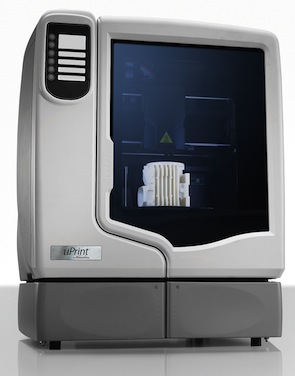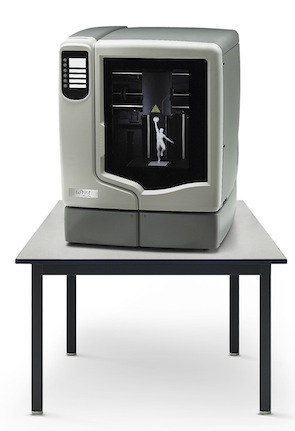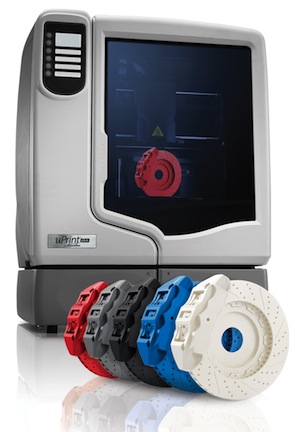Check it Out: uPrint Puts a New Spin on Biological Research
December 4, 2001
By Anthony J. Lockwood
Dear Desktop Engineering Reader:
 My grandfather built systems because he could. He would have loved having his own rapid manufacturing/prototyping machine. Not that it would have helped him the time he tapped the city’s gas line. 50 years later, my grandmother still wouldn’t forgive him. Not for the heist, but because he laid the pipe across the living room floor through the pantry then over the kitchen floor to the new cook stove. Poppy, smiling slyly, always salted grandma’s griping by saying that she wanted the stove hooked up right away and she got that, as well as a customize installation.
My grandfather built systems because he could. He would have loved having his own rapid manufacturing/prototyping machine. Not that it would have helped him the time he tapped the city’s gas line. 50 years later, my grandmother still wouldn’t forgive him. Not for the heist, but because he laid the pipe across the living room floor through the pantry then over the kitchen floor to the new cook stove. Poppy, smiling slyly, always salted grandma’s griping by saying that she wanted the stove hooked up right away and she got that, as well as a customize installation.
That “right away” and “customization” parts are two of the beauties of rapid manufacturing/prototyping. But if you think that additive manufacturing systems are out of your price range your “right away” probably means in the few days it’s going take you to get a part from some shop. Today’s Check It Out is a quick write-up that proves such thinking wrong.
The basic storyline is about a bio researcher at the University of California San Francisco who always needs a part—usually highly customized—right away. He was spending a lot of money and time idling a few days while a shop made his designs. Sometimes his designs were just too impractical to make.
Having heard of 3D printing, he started researching machinery, hoping that he’d find a system that could produce his custom parts quickly and cost-effectively. His research led him to the uPrint personal 3D printer from the Dimension group at Stratasys. It’s been a game changer. Now he and his students print out replacement parts, lab devices, and custom parts—models of molecules, racks, pipette holders, and the like—that they once waited for. Those once impractical parts? They’re printed out too.
 |  |
This is a short and sweet write-up that’ll take you no time at all to read, but will leave you thinking long and hard about options for your process. One thing that the article only alludes to is the cost of a uPrint system. The base model starts at $14,900, according to the Dimension website. So, hit this link and get started. No registration required.
Thanks, pal.—Lockwood
Anthony J. Lockwood
Editor at Large, Desktop Engineering
Subscribe to our FREE magazine, FREE email newsletters or both!
About the Author
Anthony J. Lockwood is Digital Engineering’s founding editor. He is now retired. Contact him via [email protected].
Follow DE





